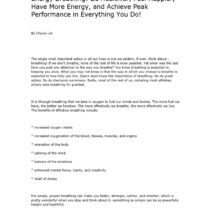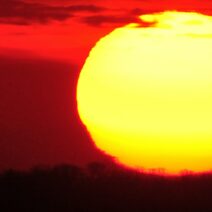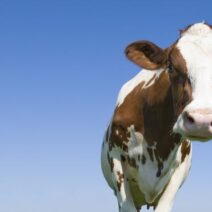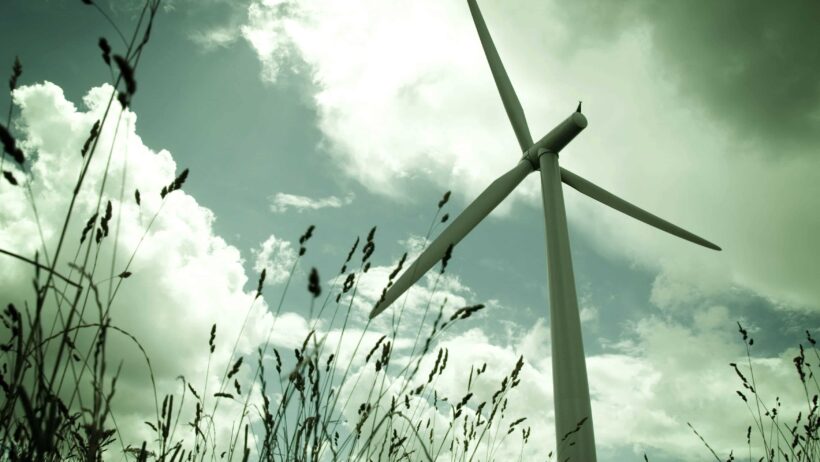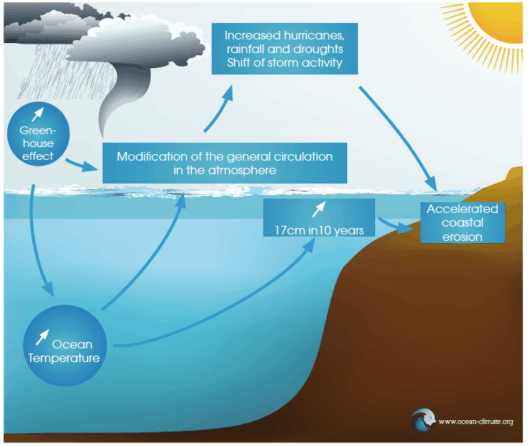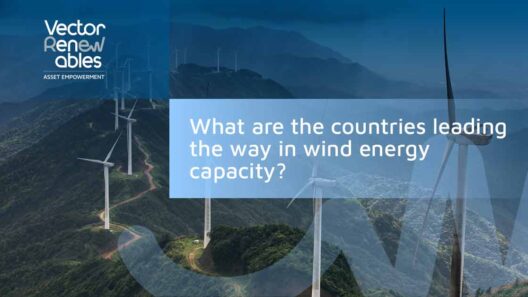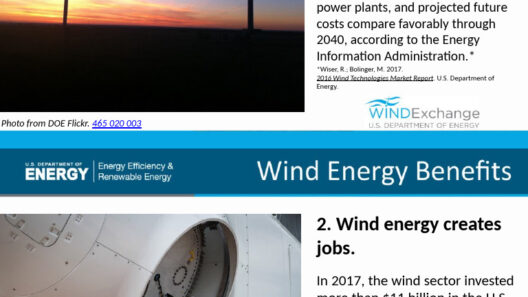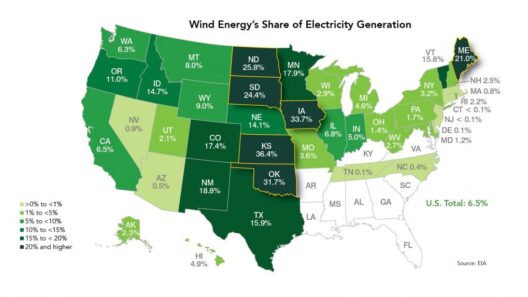Wind energy has become a prominent symbol of the transition toward renewable energy sources, embodying the potential for sustainable power generation. This form of energy harnesses the kinetic power of wind, converting it into electricity through the use of wind turbines. The allure of wind energy lies not only in its efficacy but also in its embodiment of humanity’s quest for sustainable solutions to the energy crisis.
The fascination with wind energy is rooted in its availability and the minimal environmental footprint associated with its generation. As an inexhaustible resource, wind can be found in diverse geographical locations, making it an attractive option for many regions around the globe. The incessant winds found in coastal areas, plains, and even offshore locations present an opportunity for resourceful energy production. Moreover, the evolution of technology has made wind energy more accessible and economically viable, leading to greater investment and development in this sector.
Understanding wind energy requires an exploration of the mechanisms that underpin this powerful source of clean energy. To appreciate its full potential, it is essential to parse through the intricacies and innovations that enhance its deployment across the globe.
What Are the Mechanisms Behind Wind Energy?
The fundamental principle that governs wind energy lies in the conversion of kinetic energy from the wind into mechanical energy, which is then transformed into electricity. Wind turbines consist of large blades that capture the wind’s force, spinning around a generator that produces electric power. The key components of a wind turbine include the rotor, which encompasses the blades; the nacelle, housing the generator; and the tower, providing necessary height for optimal wind capture.
These turbines can vary in design, ranging from horizontal-axis wind turbines (HAWTs) to vertical-axis wind turbines (VAWTs). HAWTs are the most commonly employed design, featuring blades that rotate around a horizontal shaft. Conversely, VAWTs rotate around a vertical shaft, offering unique advantages in turbulent wind conditions. Understanding these different designs allows for tailored implementations, assessing the most suitable technology for specific environments.
The energy produced by wind turbines is firmly embedded in the broader landscape of renewable energy sources. By installing wind farms—clusters of wind turbines located in wind-rich areas—significant quantities of clean energy can be harnessed and distributed to the grid. As these installations proliferate, nations are beginning to recognize the potential for wind energy to contribute significantly to their energy portfolios.
The Environmental and Economic Advantages of Wind Energy
One of the most compelling rationales for embracing wind energy is the environmental advantage it holds over conventional fossil fuels. Wind energy is inexhaustible, and its generation does not emit greenhouse gases, which are the principal contributors to climate change. The reduction in carbon emissions associated with wind energy implementation is staggering compared to fossil fuel power plants.
Additionally, the land use for wind farms is often a point of contention. While wind farms do occupy considerable land, much of this land can still be utilized for agricultural practices, leading to a synergistic relationship where farming and energy production coexist. This dual use of land helps mitigate the impact on local ecosystems while providing sustainable energy solutions.
From an economic perspective, wind energy has proven remarkably cost-effective in recent years, with the price per megawatt-hour decreasing substantially due to advancements in technology and efficiency. This economic viability has garnered interest from investors and governments alike, facilitating the funding necessary to develop expansive wind projects. The job creation linked to the wind energy sector further underscores its economic benefits, as it requires skilled workers for manufacturing, installation, operation, and maintenance.
The Challenges Ahead: Navigating the Path Forward
Despite the many advantages associated with wind energy, challenges remain. One of the primary hurdles is the variability of wind. The intermittent nature of wind generation can lead to fluctuations in power supply, which must be balanced with demand. To address this issue, developments in energy storage technologies and smart grid systems are vital. These innovations can help smooth integration, allowing for consistent energy flow despite changing wind conditions.
Another challenge lies in public perception and the NIMBY (Not In My Backyard) mentality. Some communities resist the implementation of wind projects due to concerns about noise, aesthetics, and wildlife impact. Addressing these concerns through transparent planning and community engagement is crucial for fostering a collaborative approach that incorporates the wishes and needs of local populations.
Innovation and Future Prospects of Wind Energy
The potential for wind energy continues to expand, with exciting developments on the horizon. Offshore wind farms, which utilize turbines situated in the ocean, represent a rapidly growing sector. Offshore wind has the advantage of consistently stronger winds and less visual and noise impact on populated areas. This growth presents an opportunity for countries with coastal access to harness considerable clean energy.
Moreover, the progression of turbine technology is poised to revolutionize the landscape of wind energy further. Larger turbines with longer blades can harvest more wind and generate more energy, making each installation increasingly effective. As technologies evolve, so too will opportunities for offshore expansion and energy diversification.
In conclusion, wind energy is an integral component of the transition toward sustainable and clean energy sources. Through understanding its mechanisms, advantages, challenges, and innovations, it becomes evident that harnessing the power of wind not only satisfies our growing energy demands but also preserves the planet for future generations. The journey to a renewable energy future is as exhilarating as it is essential, and wind energy stands as a testament to human ingenuity in the face of environmental challenges.
